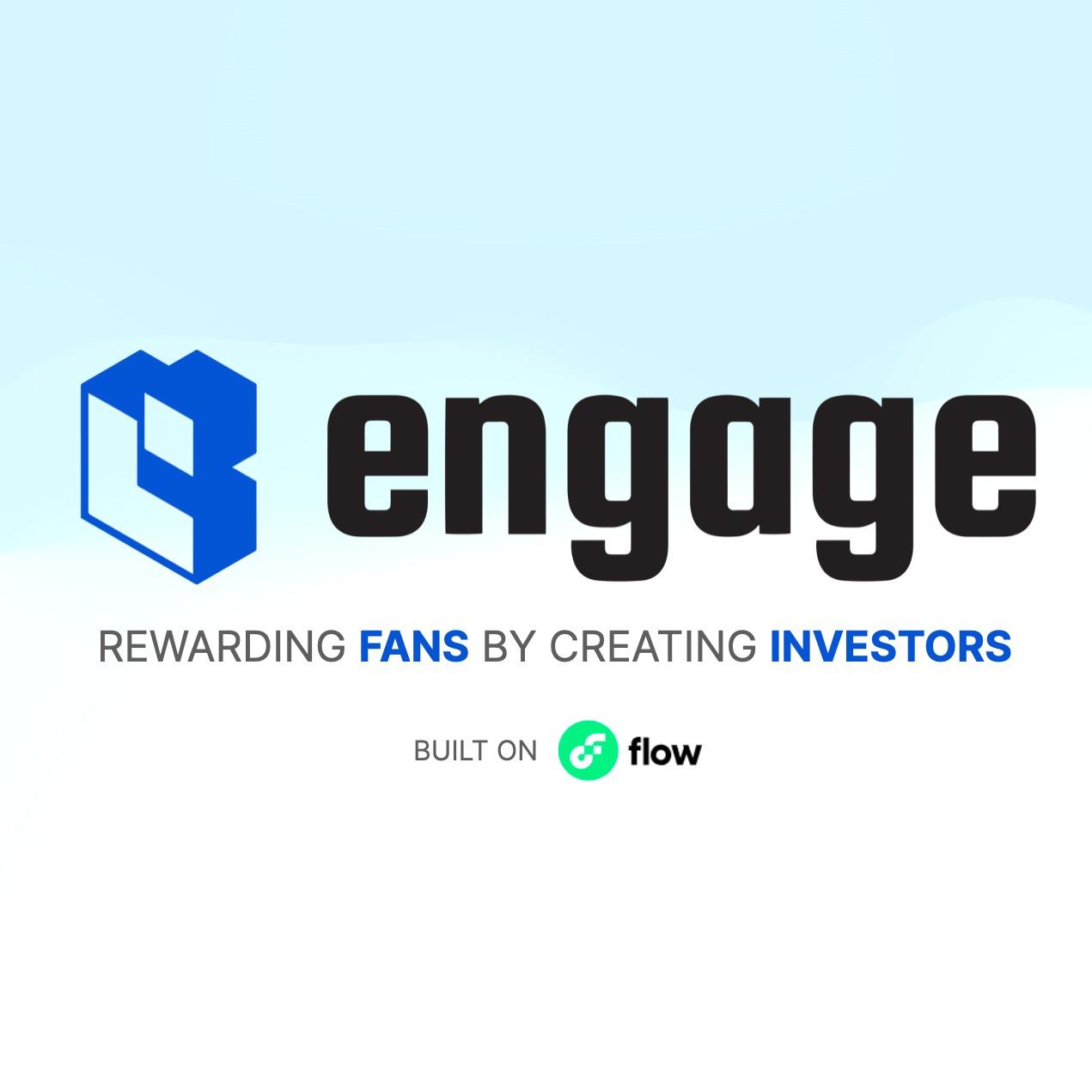Engage Trading & Supporter Engagement Platform
Rewarding Fans by Creating Investors
Created on 18th July 2023
•
Engage Trading & Supporter Engagement Platform
Rewarding Fans by Creating Investors
The problem Engage Trading & Supporter Engagement Platform solves
The subjective nature of NFT values presents a unique challenge in the digital asset space. NFTs derive their worth from market participants' perception and demand, resulting in subjective assessments rather than standardized valuations. Consequently, the prices of NFTs can fluctuate unpredictably, making it challenging for creators and buyers to accurately determine their value.
Brands and entities encounter a dilemma within Web 3.0 when it comes to rewarding their supporters. Unlike traditional systems that offer tangible incentives or loyalty programs, Web 3.0 lacks established mechanisms for incentivizing ongoing engagement. As a result, brands struggle to find meaningful ways to acknowledge and appreciate their supporters' continued involvement, hindering the development of long-term relationships and loyalty.
The lack of understanding surrounding NFT marketplaces poses risks for everyday individuals. Many people are enticed by the potential of these marketplaces and invest their hard-earned money without fully comprehending the complexities of the digital asset space. This lack of knowledge can lead to uninformed decisions and potential financial losses since the value of NFTs is subjective and influenced by factors that may not be immediately apparent.
Additionally, the current marketplaces operating within the Web 2.0 framework compound the issue by relying on centralized pricing models. These platforms prioritize profit-making and fail to adequately reward supporters for their sustained engagement. Consequently, individuals who contribute to the growth and success of a brand or entity within these marketplaces are not appropriately recognized or incentivized, further undermining the potential for sustained support and collaboration.
Addressing these issues requires innovative approaches to valuation, improved reward mechanisms, and increased education to establish a more transparent and sustainable digital asset ecosystem.
Challenges we ran into
Initially, the implementation of the walletless API posed challenges for us. Additionally, our blockchain server on Heroku encountered deployment issues, preventing us from processing the necessary changes. However, we successfully resolved those issues and proceeded to tackle frontend challenges in Next.js. As I was new to Next.js development, learning and developing in this framework proved to be a difficult task. TO generate the NFT with AI I didnt get the api and the model but somehow figured and started the image generation with AI. Nonetheless, we persevered and eventually overcame these obstacles, bringing us to the current stage of the project.
Tracks Applied (3)
Gaming
AI
Everything else
Technologies used
